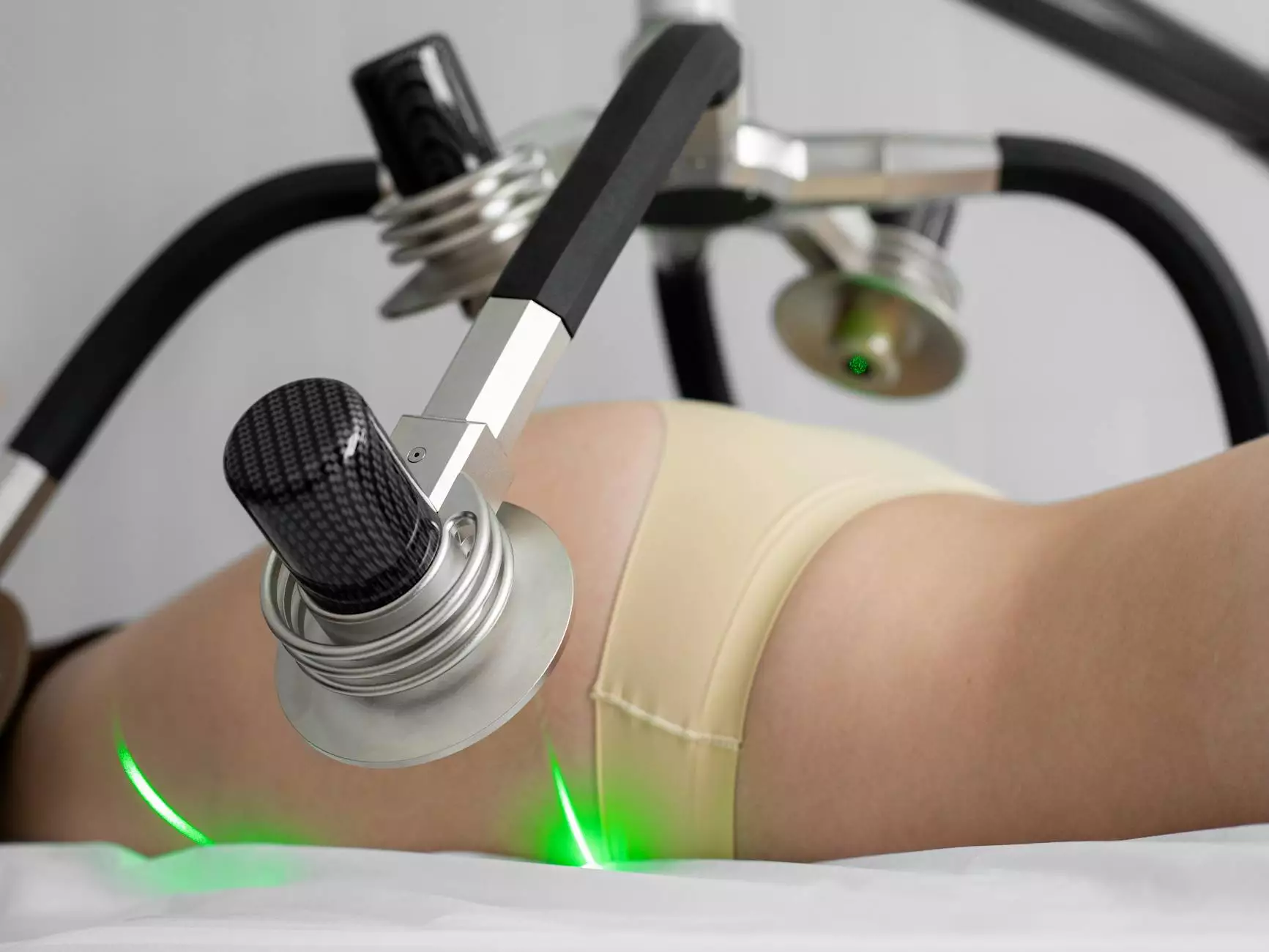Lung CT Scan: Understanding Its Importance and Impact on Health

When it comes to maintaining respiratory health, the significance of advanced medical imaging techniques cannot be understated. Among these, the lung CT scan stands out as a critical tool for diagnosing various health conditions affecting the lungs. In this article, we will delve deep into what a lung CT scan entails, its uses, benefits, risks, and the technologies behind it, ensuring comprehensive knowledge for patients and healthcare professionals alike.
What is a Lung CT Scan?
A lung CT scan, or computed tomography scan, is a specialized imaging technique that provides detailed cross-sectional images of the lungs and the surrounding structures. Unlike standard X-rays, which offer a two-dimensional view, a CT scan utilizes a series of X-ray images taken from different angles and employs computer processing to create a three-dimensional image. This detailed perspective allows for the identification of abnormalities that may not be visible through conventional imaging methods.
Why is a Lung CT Scan Necessary?
The lung CT scan is utilized for various reasons, including:
- Diagnosis of Lung Conditions: Physicians use CT scans to diagnose conditions like pneumonia, lung cancer, tuberculosis, interstitial lung disease, and pulmonary embolism.
- Monitoring Existing Health Issues: For patients with pre-existing lung conditions, CT scans help monitor disease progression or response to treatment.
- Preoperative Evaluation: Surgeons often request a lung CT scan before performing lung surgery to assess the anatomy and identify any underlying issues.
- Screening for Lung Cancer: Low-dose lung CT scans are recommended for high-risk individuals to screen for early signs of lung cancer.
How is a Lung CT Scan Performed?
The process of undergoing a lung CT scan is relatively straightforward:
- Preparation: Generally, no special preparations are required, although patients may be asked to avoid eating or drinking for a few hours prior.
- Positioning: The patient lies down on a motorized table that slides into the CT machine. It is crucial to remain still during the imaging process to ensure high-quality images.
- Imaging: The CT scanner rotates around the patient, capturing multiple images. Patients may be instructed to hold their breath for short periods during the scan to minimize motion artifacts.
- Post-Scan: After the imaging is complete, there are generally no side effects, and patients can resume normal activities immediately.
Benefits of a Lung CT Scan
The lung CT scan offers numerous benefits, making it an invaluable tool in modern medicine:
- High Precision: CT scans provide high-resolution images, allowing for an accurate assessment of lung pathology.
- Early Detection: The ability to detect conditions at an early stage significantly improves treatment outcomes, especially in cases of lung cancer.
- Comprehensive Evaluation: A CT scan can visualize both the lungs and the structures surrounding them, offering insights into related conditions like heart disease.
- Non-invasive Procedure: As a non-invasive imaging technique, the lung CT scan poses very little risk to patients and does not require incisions or anesthesia.
Risks and Considerations
While the benefits of a lung CT scan are substantial, there are also potential risks to consider:
- Radiation Exposure: CT scans involve exposure to higher levels of radiation compared to standard X-rays. However, the risk is minimized by only performing scans when necessary.
- Contrast Reactions: In some cases, a contrast dye may be used to enhance imaging. This can cause allergic reactions in some individuals.
- False Positives: Occasionally, scans may indicate abnormalities that warrant further testing but do not result in a diagnosis of disease.
Advancements in Lung CT Technology
The field of radiology has seen substantial advancements in CT technology, leading to improved lung imaging techniques:
- Low-Dose CT Scanning: This technique allows for the reduction of radiation exposure, making lung cancer screening safer for high-risk populations.
- High-Resolution CT (HRCT): This method provides exceptional detail in imaging lung structures, particularly beneficial for diagnosing interstitial lung diseases.
- 4D CT Scanning: This innovative approach combines traditional CT with motion tracking, allowing for real-time imaging of lung function.
Preparing for a Lung CT Scan
Preparation for a lung CT scan is generally minimal, but it’s essential to follow your healthcare provider’s instructions. Some preparation steps include:
- Informing the technician about any allergies, particularly to iodine if using contrast material.
- Discussing medications and any ongoing medical conditions.
- Wearing comfortable clothing without metal fasteners to avoid interference with imaging.
Understanding Results: What to Expect After a Lung CT Scan
After the lung CT scan, the images will be reviewed by a radiologist who will prepare a report to be shared with your healthcare provider:
- Normal Results: Indicate no significant abnormalities, often leading to reassurance for both the patient and doctor.
- Abnormal Findings: Depending on the results, further testing or interventions may be necessary to clarify any concerns.
- Discussion with Your Doctor: It is crucial to discuss your results with your healthcare provider to understand their implications and necessary follow-up steps.
Conclusion
The lung CT scan is an essential diagnostic tool that enhances our understanding and management of lung health. With its ability to provide precise images of the lungs and surrounding areas, it plays an integral role in the early detection of serious health conditions, monitoring existing diseases, and guiding treatment decisions. As technology in this field continues to advance, we can expect even greater improvements in the accuracy and safety of lung imaging. Understanding the importance of a lung CT scan empowers patients, fosters informed discussions with healthcare professionals, and ultimately contributes to better healthcare outcomes.
For more information on lung CT scans, their implications in health, and related medical services, feel free to visit Hello Physio.









